Resort bracelets and poolside margaritas represent just one tiny slice of Mexico’s incredible diversity, yet millions of travelers never venture beyond the Yucatan’s tourist corridor. The country stretches across nearly two million square miles of varied landscapes, from Pacific coast surf towns to colonial mountain cities, each offering authentic experiences that make Cancún feel like a theme park.
Real Mexico exists in places where Spanish flows naturally, local families gather for weekend meals, and traditions stretch back centuries rather than decades. Breaking away from the resort bubble reveals a country that’s simultaneously more complex and more welcoming than most visitors imagine. Here is a list of 16 spots in Mexico beyond Cancún worth your time.
Oaxaca City
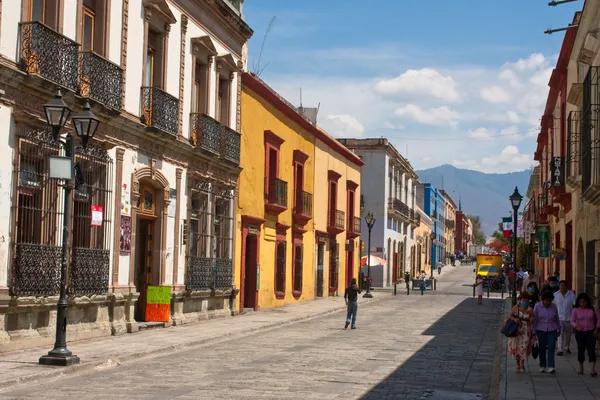
This southern Mexican city pulses with indigenous culture and culinary innovation, where pre-Columbian traditions blend seamlessly with contemporary arts and world-class restaurants. The historic center’s colonial architecture provides a stunning backdrop for markets overflowing with textiles, pottery, and ingredients found nowhere else in the world.
Mezcal distilleries operate within walking distance of the main square, offering tastings that educate visitors about agave cultivation and traditional production methods. The surrounding valleys contain ancient Zapotec ruins and indigenous communities that welcome respectful visitors interested in learning about traditional crafts and customs.
San Miguel de Allende

Cobblestone streets wind through this UNESCO World Heritage city in central Mexico, where pastel-colored colonial buildings create postcard-perfect scenes around every corner. The large expat community has attracted excellent restaurants, art galleries, and cultural events, while the town maintains its authentic Mexican character and strong local traditions.
The Instituto Allende and other language schools draw students from around the world, creating a vibrant international atmosphere that complements rather than overwhelms the local culture. Weekly markets, rooftop restaurants, and the iconic Parroquia church make this colonial gem feel like stepping back in time while enjoying modern amenities.
Like Travel Pug’s content? Follow us on MSN.
Puerto Escondido
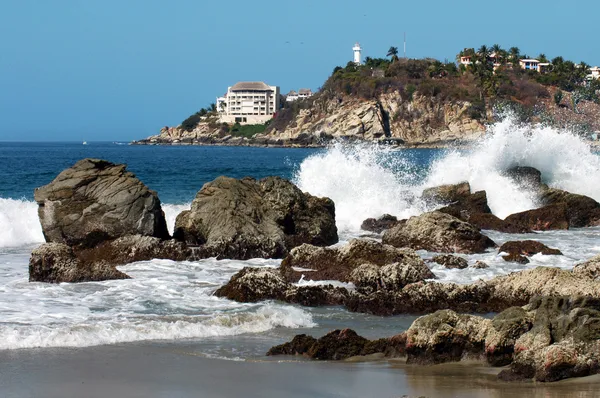
Oaxaca’s Pacific coast delivers world-class surfing and laid-back beach vibes without the crowds and commercialization of Caribbean resort destinations. The town splits between the traditional Mexican fishing village and the international surf scene, creating an authentic coastal experience that caters to different travel styles.
The famous Mexican Pipeline attracts professional surfers from around the globe, while gentler beaches nearby accommodate beginners and non-surfers seeking a pristine Pacific coastline. Fresh seafood, beach bars, and stunning sunsets provide the perfect atmosphere for travelers seeking Mexico’s natural coastal beauty.
Guanajuato
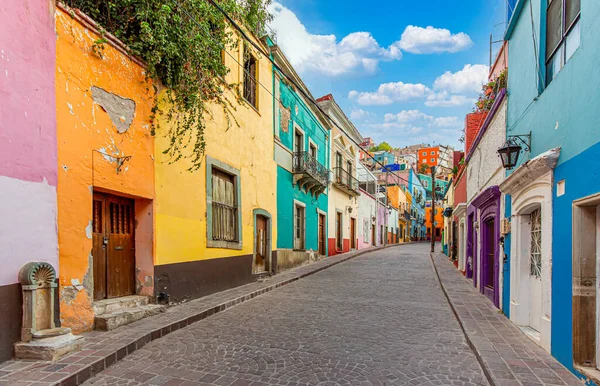
Underground tunnels that once carried rivers now serve as streets through this mountain city, creating one of Mexico’s most unique urban experiences. The colonial architecture climbs hillsides in colorful layers, while the historic center hosts the annual Cervantino Festival, one of Latin America’s most important cultural events.
The University of Guanajuato brings youthful energy to the city, while museums and theaters showcase both local history and contemporary art. The surrounding countryside offers excellent hiking and exploration opportunities through old mining towns and desert landscapes.
Mérida
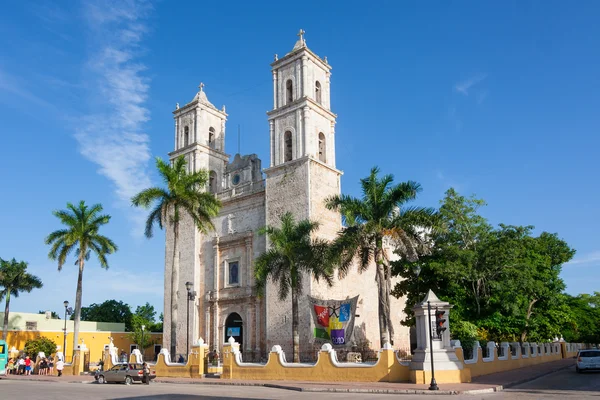
The Yucatan’s cultural capital operates at a completely different pace than Cancún, where horse-drawn carriages still navigate tree-lined streets and colonial mansions house boutique hotels and restaurants. The city serves as an excellent base for exploring Maya ruins like Uxmal and Chichen Itza without the tour bus crowds, while the historic center comes alive each evening with free concerts and cultural events.
Local markets offer regional specialties like cochinita pibil and sopa de lima, while the growing arts scene includes galleries, theaters, and music venues that showcase both traditional and contemporary Yucatecan culture. The proximity to cenotes, beaches, and archaeological sites makes Mérida ideal for travelers wanting cultural immersion with easy access to natural attractions.
Like Travel Pug’s content? Follow us on MSN.
Valle de Bravo
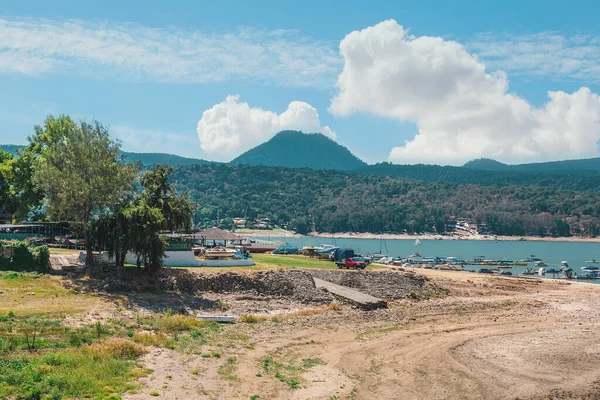
This lakeside town west of Mexico City attracts weekend chilangos with its perfect climate, water sports, and mountain scenery that rivals Switzerland. The colonial center maintains its traditional architecture and small-town atmosphere despite the influx of wealthy Mexico City residents who’ve built weekend homes in the surrounding hills.
Paragliding, sailing, and hiking provide outdoor activities, while the town square hosts markets and festivals that showcase local crafts and cuisine. The altitude creates a spring-like climate year-round, making it a refreshing escape from Mexico City’s urban intensity or coastal heat.
Real de Catorce
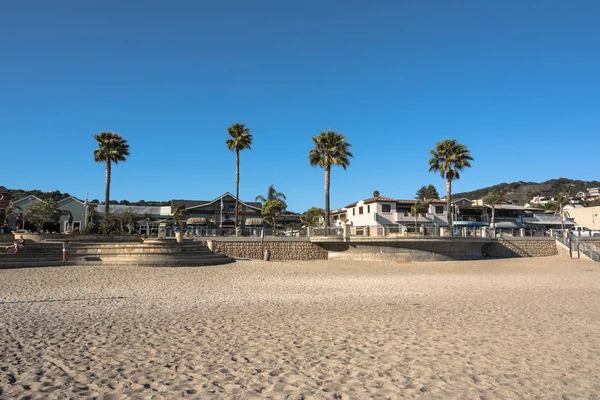
This former silver mining town in the San Luis Potosí desert feels like a movie set, with abandoned buildings and empty streets creating an atmospheric ghost town experience. The journey to reach Real de Catorce involves traveling through a narrow mountain tunnel that adds to the sense of entering another world entirely.
The town’s spiritual significance attracts pilgrims seeking visions and healing, while the surrounding desert landscape offers hiking and exploration opportunities through one of Mexico’s most unique ecosystems. The high-altitude desert setting creates dramatic temperature swings and stunning night skies that make camping and stargazing exceptional experiences.
Mazatlán
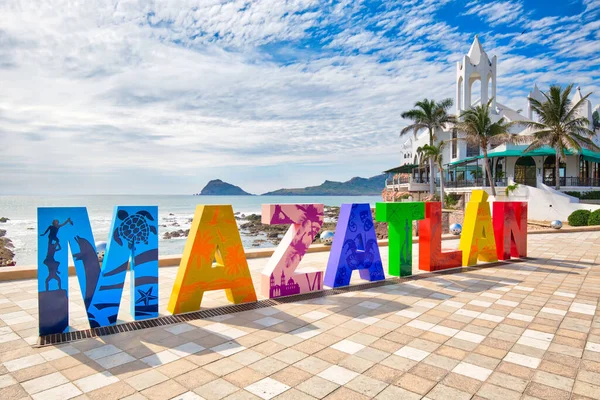
Pacific coast charm defines this Sinaloa port city, where a revitalized historic center complements miles of beaches and a thriving local seafood scene. The malecón stretches for miles along the oceanfront, providing excellent walking, jogging, and people-watching opportunities while connecting different neighborhoods and beach areas.
The historic center’s restoration has created an authentic Mexican city experience with excellent restaurants, bars, and cultural attractions without feeling touristy or artificial. The proximity to the Sierra Madre mountains allows for day trips to colonial towns and natural areas, while the beach culture remains authentically Mexican rather than resort-oriented.
Like Travel Pug’s content? Follow us on MSN.
Morelia
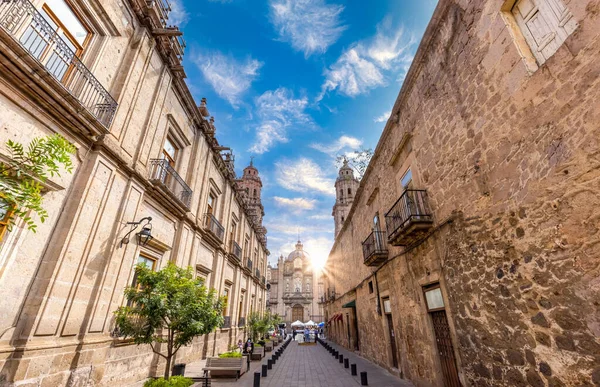
Michoacán’s capital showcases some of Mexico’s finest colonial architecture, with the massive cathedral and aqueduct serving as centerpieces for a city that balances historical preservation with contemporary university life. The historic center earned UNESCO recognition for its architectural unity and cultural significance, while local cuisine includes regional specialties found nowhere else in Mexico.
The surrounding countryside produces excellent wines and traditional crafts, while Pátzcuaro Lake and its indigenous communities offer cultural experiences that predate Spanish colonization. The city serves as an excellent base for exploring Michoacán’s diverse attractions, from monarch butterfly sanctuaries to traditional villages.
San Cristóbal de las Casas
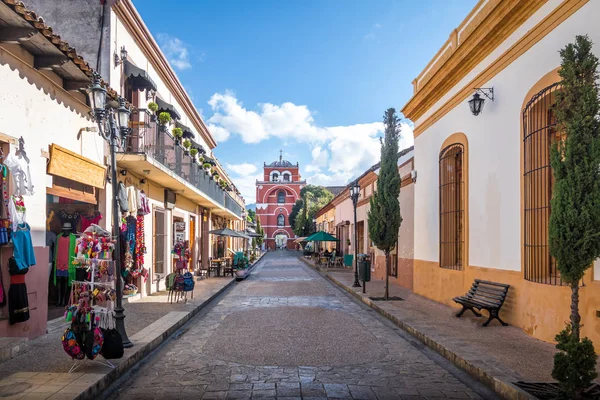
Highland Chiapas culture thrives in this mountain city, where indigenous Maya communities maintain traditional lifestyles while participating in a growing international tourism scene. The cobblestone streets and red-tile roofs create a European atmosphere at 7,000 feet elevation, while the surrounding villages offer authentic cultural experiences and traditional craft workshops.
The city’s intellectual and artistic community includes writers, photographers, and activists drawn to the region’s cultural richness and political significance. Coffee plantations, jungle expeditions, and archaeological sites provide diverse day trip options from this cultural base camp.
Sayulita
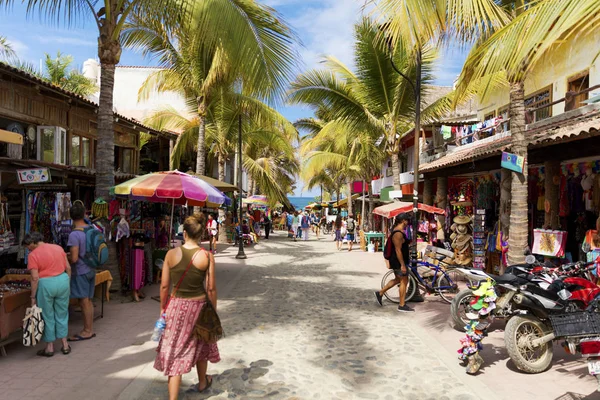
This former fishing village on Nayarit’s Pacific coast maintains its Bohemian surf culture while offering excellent food, art, and beach experiences without major resort development. The town’s colorful buildings and laid-back atmosphere attract artists, surfers, and travelers seeking authentic Mexican beach culture rather than all-inclusive resort experiences.
Local restaurants serve fresh seafood and regional specialties, while the surrounding area offers excellent surfing, fishing, and exploration opportunities through traditional Mexican coastal communities. The town’s size keeps it walkable and intimate, while the growing expat and visitor community supports excellent restaurants and cultural events.
Like Travel Pug’s content? Follow us on MSN.
Campeche
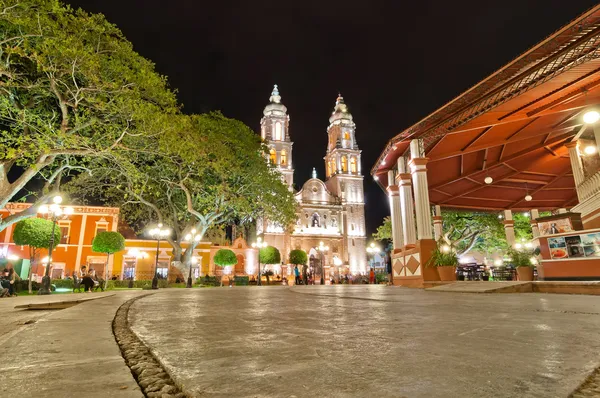
This walled colonial city on the Yucatan’s west coast offers Caribbean beaches, Maya ruins, and historic architecture without the crowds and commercialization of the eastern coast. The fortified old town earned UNESCO recognition for its preserved colonial character, while the surrounding state contains some of Mexico’s most important and least visited archaeological sites.
The city’s location provides access to both coastal and jungle experiences, from flamingo watching to exploring remote Maya cities deep in the rainforest. Local cuisine blends Yucatecan and Caribbean influences, creating unique flavors that reflect the city’s position between different cultural regions.
Pátzcuaro
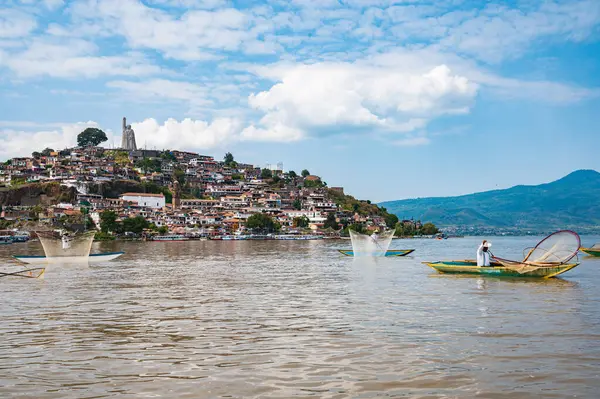
This Michoacán town on the shores of Lake Pátzcuaro serves as a center for Purépecha indigenous culture, where traditional crafts and customs remain vibrant parts of daily life. The Day of the Dead celebrations here rank among Mexico’s most authentic and moving, with candlelit ceremonies on the lake islands that draw visitors from around the world.
Local artisans produce crafts that range from pottery to textiles, while the surrounding villages each specialize in different traditional techniques passed down through generations. The colonial architecture and lakeside setting create a peaceful atmosphere that contrasts sharply with Mexico’s busier tourist destinations.
Todos Santos

Baja California Sur’s artistic community has transformed this desert oasis into a cultural destination that balances Mexican traditions with international influences. The town sits between desert mountains and Pacific beaches, providing diverse landscapes within walking distance while maintaining its small-town character and strong local culture.
Art galleries, restaurants, and cultural events attract visitors interested in authentic experiences rather than resort amenities, while the surrounding area offers excellent hiking, surfing, and wildlife viewing opportunities. The year-round mild climate and scenic beauty make it an ideal destination for travelers seeking relaxation and cultural enrichment.
Like Travel Pug’s content? Follow us on MSN.
Xalapa
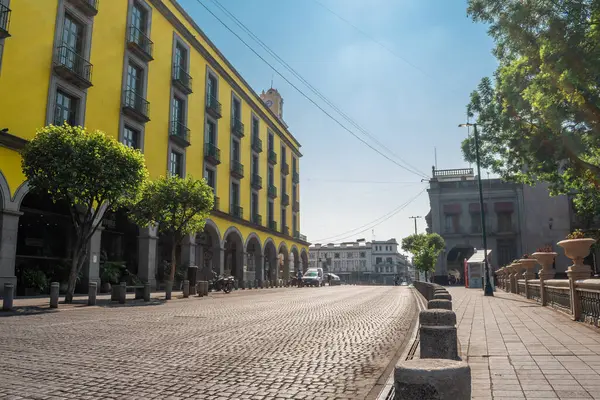
Veracruz’s mountainous capital combines university town energy with important cultural institutions, including one of Mexico’s finest anthropological museums and a thriving arts scene. The city’s elevation creates a mild climate that contrasts with the coastal heat, while coffee plantations in the surrounding mountains produce some of Mexico’s best beans.
The historic center includes excellent restaurants, cafés, and cultural venues, while the university brings a youthful energy and intellectual atmosphere to this often-overlooked city. The proximity to both mountain and coastal attractions makes Xalapa an excellent base for exploring Veracruz state’s diverse offerings.
Comala
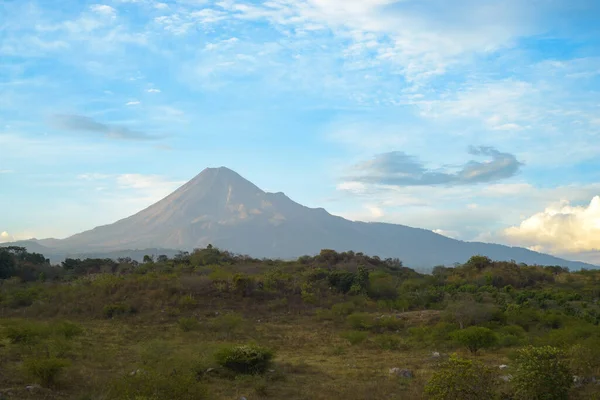
This Colima pueblo mágico captures small-town Mexican life at its most charming, with white adobe buildings, cobblestone streets, and a central plaza that serves as the community’s social center. The town’s fame comes partly from Juan Rulfo’s novel Pedro Páramo, but the real attraction lies in its authentic atmosphere and traditional way of life that continues largely unchanged.
Local restaurants serve regional specialties in settings that feel like family homes, while weekend festivals and celebrations provide glimpses into community traditions. The surrounding countryside offers hiking opportunities through tropical forests and coffee plantations, while the nearby capital city provides urban amenities when needed.
Where Mexico Really Lives
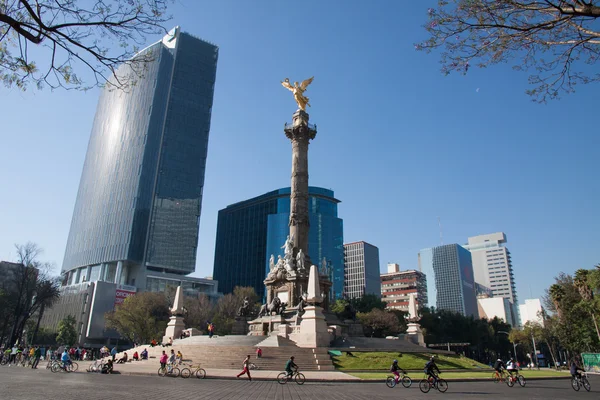
These destinations represent Mexico’s true character—places where culture, history, and daily life intertwine naturally rather than being packaged for tourist consumption. Each location offers different aspects of Mexican identity, from indigenous traditions to colonial heritage to contemporary artistic expression.
The warmth and hospitality that tourists glimpse in resort settings become genuine and personal in these communities, where visitors are welcomed as guests rather than customers. Exploring beyond Cancún reveals that Mexico’s greatest attractions aren’t its beaches or ruins but its people and the rich cultural life they’ve maintained across centuries of change.
Like Travel Pug’s content? Follow us on MSN.
More from Travel Pug

- 20 Best Beach Towns in the Carolinas
- 13 Destinations Where Tourists Regularly Regret Their Trip
- 20 Things You Actually Get in First Class
- 20 Small Airports With Aviation Museums
- 20 Places in the U.S. That Are Perfect for a Reset Trip
Like Travel Pug’s content? Follow us on MSN.
